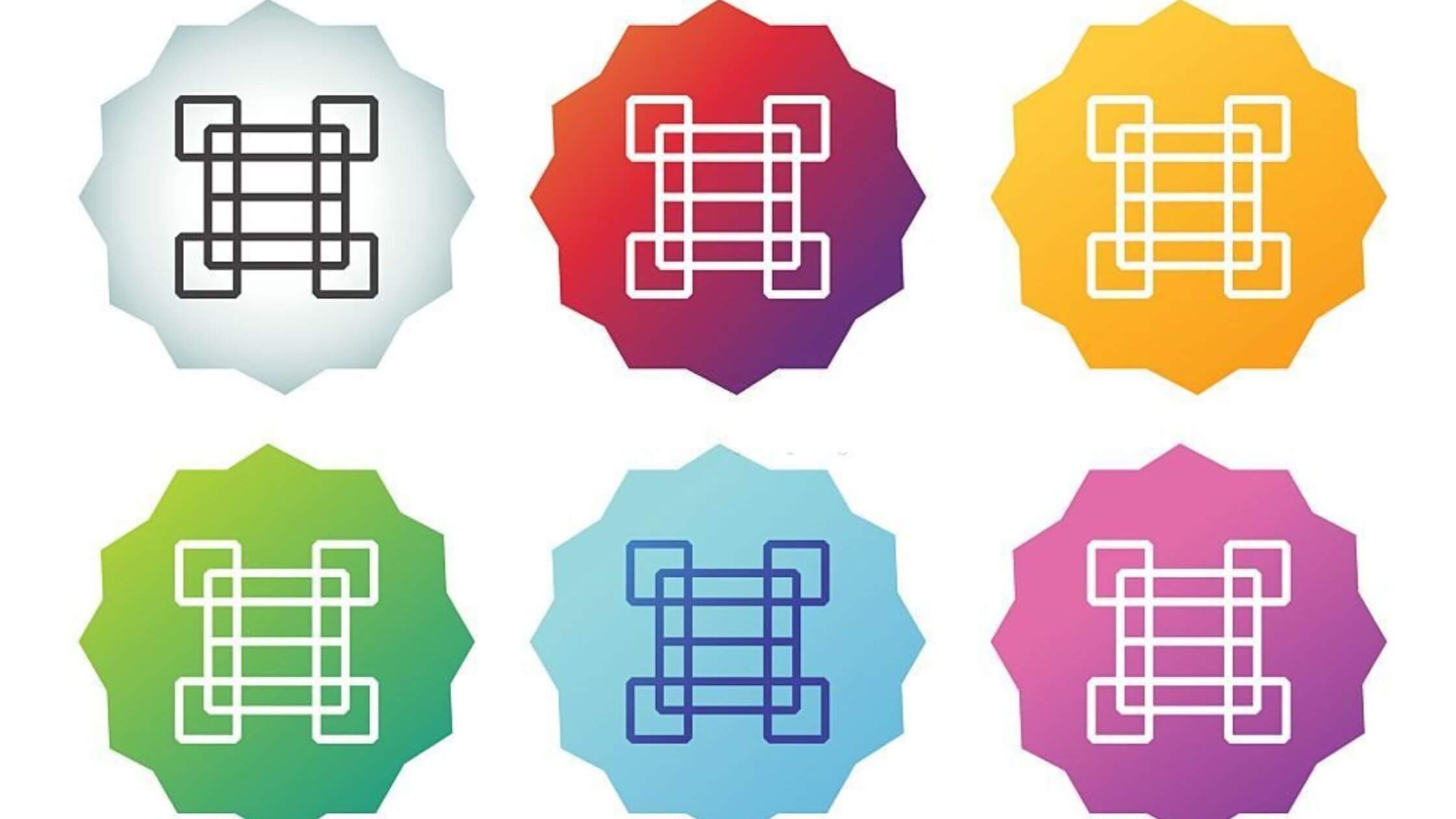
5 Key Activities of Service Asset & Configuration Management (SACM)

Whether you have no clue about Information Technology (IT), or have been in the field for years, the following 5 key SACM process activities will need to be examined when preparing for the ITIL certification exam. By reviewing the key activities of SACM and providing the role of it within the ITIL lifecycle we hope to make your journey to ITIL certification a little easier.
What is SACM?
What is SACM? The SACM ITIL definition is Service Asset & Configuration Management, SACM), a process within the ITIL, Information Technology Infrastructure Library, service transition stage.
Service Assets are the resources necessary to deliver Information Technology. Hardware, data, and people are all such assets. Whereas, Configuration Items are the resources set up to specifically deliver a service. The items are then stored in the configuration management database so that the configuration management system can collate, update, and record information throughout the project.
ITIL asset and configuration management are brought together in SACM.
Those of you that are currently in the IT field may be feeling like you’ve heard this all before, but for those that are new to it, or those that have been using the acronyms for so long, breaking it down is a good way to get into it. Let’s look at the 5 Key Activities of SACM.
The goal and objectives of SACM
Each part of a service that an IT provider offers is key to the service working. Messaging services may require elements such as servers, software, networks, and personnel who can keep the system up and running. Each part from top to bottom works together to make the service as a whole run smoothly.
SACM is a process that brings these components together by acknowledging their individual properties and their relationships to each other. SACM works throughout the lifecycle of the service to manage each of the resources making it one of the main processes in ITIL, first to be implemented and constantly there.
The goals of SACM are
-
to sustain the control objectives of the customer and their business’ requirements;
-
to promote effective;
-
efficient service management, minimize risk in quality and conformability; and
-
maximize core competencies, service assets, IT structure, and resources.
SACM objectives define and control the service components and infrastructure, maintaining precise historical and current data to ensure accuracy.
It’s time to open the locks on the door to your ITIL certification. Each of the five keys of SACM will help to unlock your potential to pass the exam. Here are the 5 Key Activities of SACM.
-
Management and Planning
Management and Planning comes first. The SACM configuration management plan, records each activity’s procedures. By creating a logical, structured versioning and release structure in order for the IT service providers to detect and remove risk factors. Each asset, service, application, tool, or component, must have the methods of versioning planned and documented within the SACM configuration management plan.
Consider the configuration item, whether it’s individual requirement documents, software, hardware, models or plans. The first step is to come up with a plan on how we are going to manage that particular item. One company may designate key components of a server as a configuration item, while another may classify a group of servers as an item.
Determining how to label configuration items (CI) is up to the individual service provider. A router, a server, or a group of servers may be labeled as CI but the group of servers won’t be managed singularly if they are classified as CI for the IT service provider.
- Configuration Identification
Each Configuration item has to be identified, labeled and named and proper versioning must be done. Configuration Identification allows the IT service provider to track the CIs throughout the lifetime of the project. Without proper identification, the process can become daunting. Much like using the undo key when typing an article, if the document isn’t saved throughout and the computer crashes, all of the work beforehand was for nothing. Configuration Identification allows the ability to redeploy a new version without losing the ability to check the baseline.
-
Configuration Control
Once an item is identified it requires control. SACMs Key activity, Configuration Control, allows for the management and changes to be completed in a controlled fashion. If you are working on Version 3.4 and there are new conditions or a problem that existed in 3.3, changes in the information within the configuration will need to be managed so that the new version can be revised to meet within the configuration management plan.
- Status accounting and reporting
Status accounting and reporting provides the details and data to be declared and documented. The fourth activity of SACM gives IT service providers an accurate picture of the resources used, what CIs are working, and what may need to be altered or dismissed. The time and manner of reporting should be stipulated through the planning phase, so that stakeholders, personnel, team leaders, and customers alike are all kept informed of any changes. This also allows for any overlap of assets that may be required to adjust within the configuration management plan. Whether your configuration management database is physical, containing documents, plans, inventories, etc. or digital, a definitive media library, the data is there and all versions should be available.
- Verification and audit
Verification and audit is the fifth and final key activity of SACM. This key activity allows you to gauge the interaction between services that can affect the projects delivery, or other services and CIs. Updates, changes, and compliance are all checked to ensure that their execution didn’t affect any of the configuration items or the end goal of the configuration management plan.
All five locks are opened and the door is wide. The five key activities of SACM are just one step in ITIL certification, but a major stage that you have a little better understanding of. In order to successfully permit change, transformation, and improvement within an organization, ITIL allows for vendor neutrality. SACM processes, procedures, tasks, and checklists aren’t organization-specific. They can be adapted and adopted to each organization or group accordingly. Without the information being planned, managed, configured, reported, and audited, the database is ineffectual to say the least.
Consistent, accurate reporting allows for IT professionals to have a jump on any issues that may arise, and/or have knowledge of the improvements that could be made. It is one of the most important processes that an IT service provider needs to have knowledge of. Make sure you know the 5 Key Activities of SACM! Many IT professionals also pursue their PMP certification in project management. Learn more about that in the following articles.
Prepare for the PMP exam in 10 Days
Best PMP Certification Training Online: Top 5 Factors To Consider
Sign-up for a 7-day free trial!
Try the first two modules of our story-based PMP and CAPM Exam Prep courses and a mini practice exam and see how it all works


